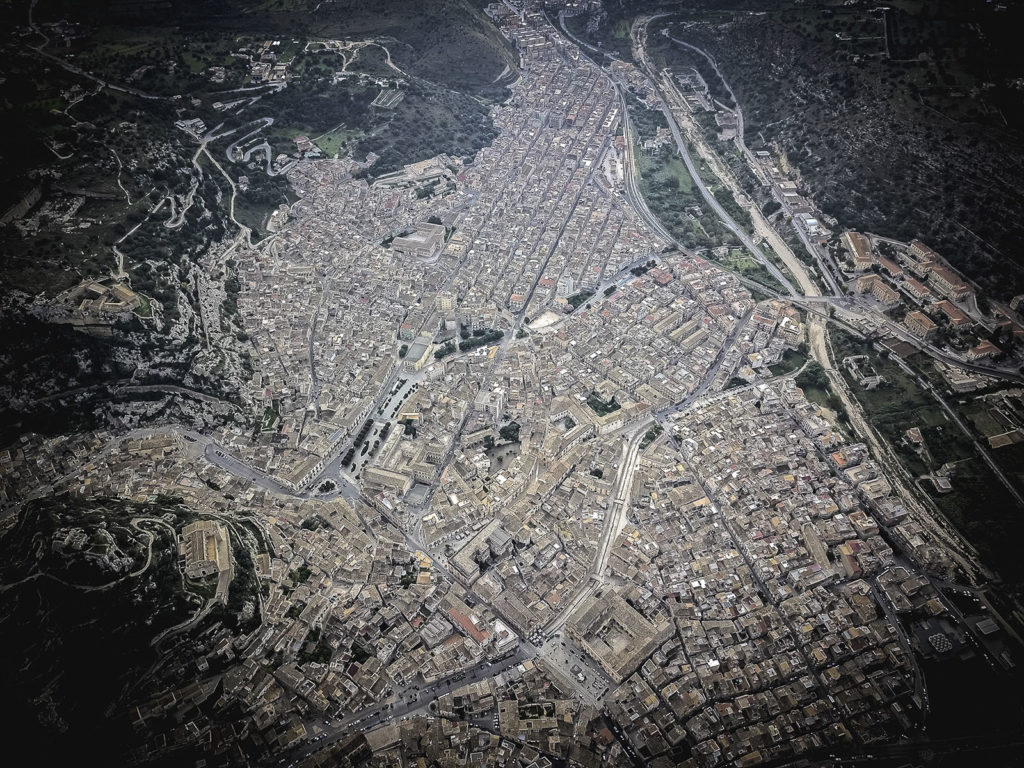Scicli is one of the towns of the ancient
County of Modica
and is divided into three areas of interest, as described by the great Syracusan writer
Elio Vittorini
.
The town’s historical centre, included on the World Heritage List in 2002, is situated on the San Matteo hill and characterised by narrow, irregular streets that trace the medieval urban fabric.
The outermost areas near the “quarries” of
San Bartolomeo
and Santa Maria la Nova are also inhabited.
These important sites prove the presence of settlements since the Copper Age. The new township, a result of the earthquake of 1693, then extends along the Hyblaean plateau towards the sea.
In the mid-17th century Scicli had 11000 inhabitants and around forty churches, but the earthquake destroyed everything.
The most important church, San Matteo (St. Matthew), collapsed and many monasteries and convents suffered the same tragic fate.
Only a few buildings remained standing. What could be done? It was time to act. In this case they chose not to abandon Scicli, but to rebuild it. The town was extended around the oldest area. New civic and religious buildings were built such as the Palazzo Beneventano and the church of San Giovanni Evangelista (St. John the Evangelist).
White limestone was used for the new buildings. A typical material of the area, it was easy to work and sculpt, and bestowed the landscape with a bright and brilliant appearance.
